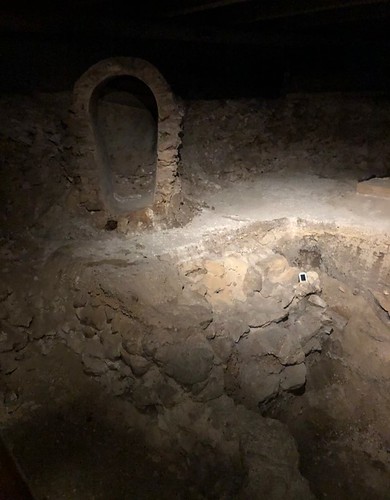Notre-Dame de Paris: an update

While scrolling through the Netflix home page recently, I came upon Notre-Dame, a series produced in France which was “inspired by true accounts from French firefighters” who helped save the historic cathedral from complete destruction in the 2019 fire. While the fire is the through-line of the six-episode series with firefighters as some of the main characters, much of the story is soap opera-like vignettes about ordinary Parisiens on the day of the fire. I found the TV program (1) entertaining; and (2) informative of life in Paris (although not necessarily a portrayal of firefighting best practices).
The fire at Notre Dame cathedral in Paris occurred on April 15, 2019, and caused significant damage to the historic building. The cause of the fire is believed to be accidental, likely caused by an electrical short circuit.
The fire started in the attic of the cathedral, which was undergoing renovations at the time. The fire quickly spread and engulfed the cathedral’s roof and spire, causing them to collapse. Firefighters worked for hours to extinguish the flames and prevent the fire from spreading to other parts of the building.
The damage to Notre Dame was extensive, with the roof and spire collapsing and much of the interior and artwork being damaged by smoke and water. However, some of the cathedral’s most important artifacts, including the Crown of Thorns and the tunic of Saint Louis, were rescued and safely stored.
In the aftermath of the fire, an international fundraising campaign was launched to support the repairs and renovations of the cathedral. The French government also pledged to restore Notre Dame to its former glory and announced an ambitious timeline of five years to complete the work.
Since then, significant progress has been made in the restoration efforts. In 2020, a temporary roof was installed to protect the building from further damage, and workers have been removing the melted scaffolding that was left behind from the previous renovations. Additionally, several experts and architects have been working on the reconstruction plans to ensure that the new structure is historically accurate and preserves the building’s original beauty.
While the repairs and renovations are still ongoing, it is expected that the cathedral will be open to the public in the near future. The French government has announced that it will reopen Notre Dame in time for the 2024 Paris Olympics.
****
Watching the Notre Dame TV series made me wonder what’s going on at the Cathedral today, so I reached out to our Paris correspondent, Louise Peloquin, for an update. Here’s what she reported along with some recent pictures she took of the ongoing renovations to the cathedral plus two shots from the crypt under the square in front of Notre Dame:
Four years after the spectacular April 15, 2019, fire at Notre Dame de Paris, renovation work is progressing. Here is a sampling of the projects under way in all of France.
After the inside walls, floors and arches are thoroughly cleaned, a host of stone masons, painting and sculpture restorers, stained-glass window artists, sculptors, ironwork specialists and other master artisans will tackle the refurbishment.
A workshop in the Essonne region, right outside of Paris, is presently renovating 22 large-format, 17th and 18th century paintings salvaged from the blaze.
In order to build the new spire and transept, 45 French mills are sawing 1000 exceptional oak trees, selected from all over the country.
Workshops in the Corrèze, Hérault and Vaucluse regions are cleaning the 8000 pipes and 19 windchests of the grand organ.
Quarries just north of Paris, in the Oise and Aisne regions, are extracting large blocks of limestone to replace those damaged by the fire.
Under Notre Dame’s nave, workers have discovered a lead sarcophagus and multicolored fragments of the ancient jube, the inner fence separating the area reserved for clerics and cantors from the rest of the church assembly.
For security reasons, the cathedral is off limits to tourists. However, they can visit the fascinating underground archeological site, under what used to be a parking lot to be transformed into a garden in front of the cathedral.
All of the above works, and much more, will lead to the renaissance of Notre Dame de Paris, targeted for 2024.
– Louise Peloquin



